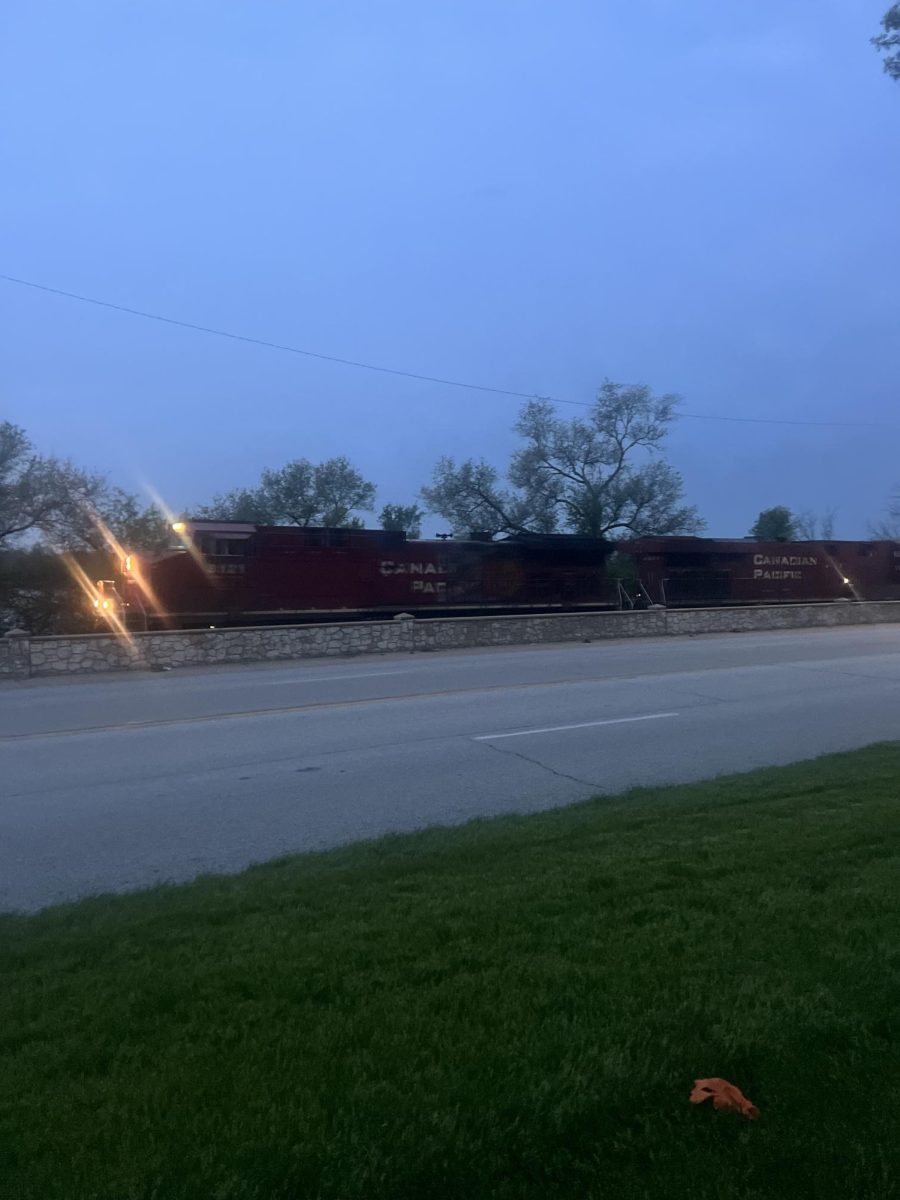Train companies Canadian Pacific (CP) and Kansas City Southern (KCS) have formed a merger to become Canadian Pacific Kansas City (CPKC). It will be the first single-line railway connecting the U.S., Mexico and Canada. The decision was authorized December 14, 2023. This merger has created a plethora of problems for Eastern Iowa.
This decision is supposed to create jobs, lead to new investment in the rail network, and drive economic growth. Patrick J. Ottensmeyer, KCS President and Chief Executive Officer shared that the combination, “should ultimately enhance safety and benefit the environment.” He continued, explaining the economic benefits, “The transaction is also expected to drive employment growth across the CPKC system, adding over 800 new union-represented operating positions in the United States.”
The merge reduces travel time for traffic moving over the single line service. The now enhanced efficiency enables the new CPKC system to better compete for traffic with larger Class I carriers like Union Pacific and Norfolk Southern, but these changes introduce potential threats to those affected.
Despite CPs apparent efforts to better their labor force, there have been growing concerns with CP’s ethical behavior, “Canadian railroads don’t care about supply chains, farmers, or small businesses,” Paul Boucher, TCRC, Teamsters Canada Rail Conference, president said in a statement. “They care about their bottom line, and squeezing everything they can out of their employees. If they need to manufacture a work stoppage to get there, they won’t think twice.” This has caused controversy over the merger and how it impacts working conditions.
There have also been discussions about potential local environmental problems as a result of increased train traffic, but the CPKC board determined combined rail lines would bring economic and environmental benefits to the country, which outweighed what was billed as minor local concerns.
Executive Director of the Nahant Marsh Brian Ritter said the noise caused by more trains could have negative consequences for life in the wetlands. “We’re not just worried about Nahant Marsh,” Ritter said. “We’re worried about the confluence of the Wapsi River, the confluence of the Maquoketa River and Princeton Marsh… all these unique places that the railroad travels right through the heart of.”
Hardly a row of bushes separates the marsh from Canadian Pacific’s Nahant Yard in Davenport.
According to Ritter, more consistent noise brought on by longer and more frequent trains could wreak havoc on the nature preserve.
One proposed plan would limit the use of horns during nighttime hours, but even without honking the horns, trains are incredibly noisy. Ritter continued to discuss the horn usage problems, “That impacts wildlife, impacts the frogs that live here who are trying to call for mates in the spring,” he said.
Senior Coy Kipper said, “There are definitely more trains coming through LeClaire but it doesn’t really affect me because I don’t live across the train tracks but there is more and they honk a lot so it’s a little louder.”
The train traffic increase has added 14.4 trains per day, from eight in 2024 to roughly 22 by 2027. Davenport is one of ten cities who agreed to settlement payments from Canadian Pacific in exchange for not commenting publicly on the merger, receiving $10 million. Other cities that accepted agreements included Bettendorf, Muscatine, LeClaire, Clinton, Washington and Fruitland.
Senior Ashwin Parab said, “In the future, trains and high speed rail roads are going to be prominent modes of transportation in the United States. From what I’ve heard, the train company merger sounds like a hush money situation.”
Critics of the merger have brought up concerns about emergency vehicles. Increased rail traffic and lengthened trains could delay live-saving emergency vehicles from crossing the tracks, impeding access to public amenities and significantly increasing noise and safety risks for residents and businesses along the waterfront.
In addition to noise, the Organization of American States (OEA) also found an increase in hazardous materials traveling on the rail network. Its environmental impact statement said 29,550 hazmat carloads would pass through the marsh per year without a merger. With the union of the two railroads, this number could increase by 74,016 carloads, an increase of about 150.4%.
Parab also shared, “There needs to be more clarity on train regulations as traffic inevitably increases and more is done to protect the environment.”
This merger has caused a multitude of issues in the eastern part of Iowa. The quality of life for the citizens and wildlife should be put before any sum of money. There are many possible shifts within this merger to ease these problems. It is in the hands of the city council to look out for their city.









